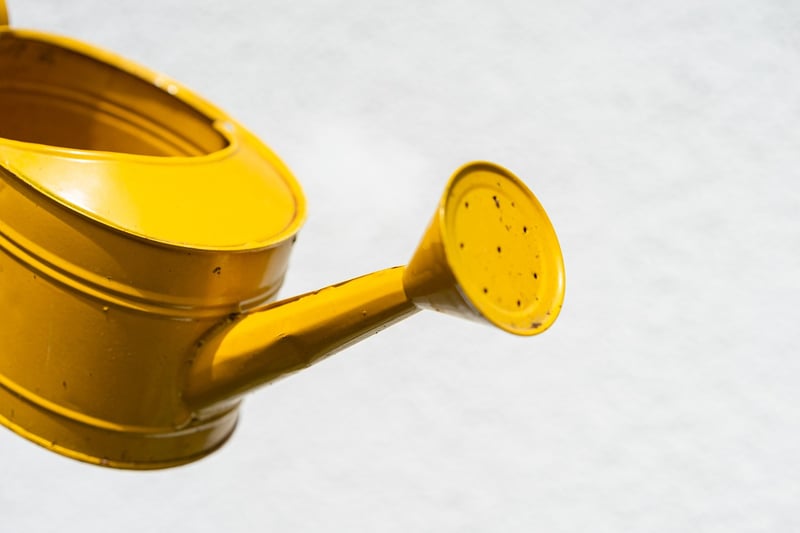Watering Guide
Maintaining Healthy Plants: A Complete Watering Guide
Keeping your plants healthy and thriving involves more than just occasional watering. Proper watering is crucial to the well-being of your plants, as overwatering or underwatering can lead to various issues such as root rot or dehydration. Follow this comprehensive watering guide to ensure your plants receive the right amount of water for optimal growth.
1. Know Your Plants
Understand the specific water needs of each plant species in your garden or indoor space. Some plants require more water, while others prefer drier conditions. Research the watering requirements of your plants to provide them with the appropriate amount of water.
2. Check the Soil
Before watering, always check the soil moisture level. Stick your finger into the soil to see if it is dry, moist, or wet. Different plants have different preferences, so adjust your watering schedule based on the soil condition.
3. Watering Frequency
Establish a watering schedule based on the plant type, season, and environmental conditions. In general, it's better to water deeply but less frequently to encourage deep root growth. However, some plants may require more frequent watering, especially during hot weather.
4. Watering Techniques
Water at the base of the plant to deliver water directly to the roots where it's needed most. Avoid watering the foliage, as this can lead to diseases. Use a watering can, hose, or drip irrigation system for efficient watering.
5. Consider the Time of Day
Water your plants in the morning to allow for optimal absorption and minimize evaporation during the hot afternoon sun. Avoid watering in the evening, as damp conditions at night can promote fungal diseases.
6. Monitor and Adjust
Keep an eye on your plants for any signs of overwatering or underwatering, such as yellowing leaves or wilting. Adjust your watering routine accordingly to meet the changing needs of your plants.
7. Choose the Right Containers
Use pots with drainage holes to prevent waterlogging and ensure excess water can escape. This helps to prevent root rot and other water-related issues.
By following these watering guidelines and paying attention to the individual needs of your plants, you can help them thrive and flourish. Remember that consistent care and proper watering are essential for maintaining healthy plants.

For more plant care tips and gardening advice, check out our website.
